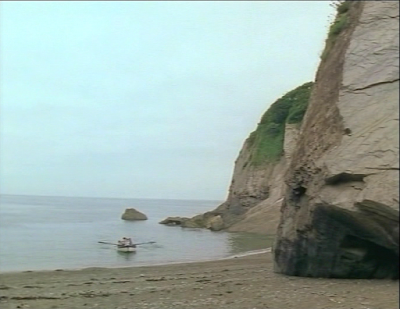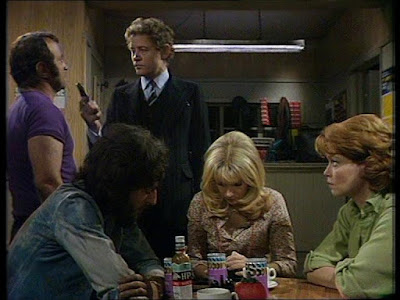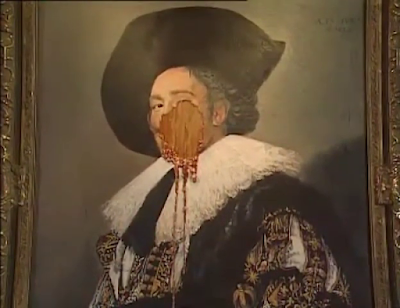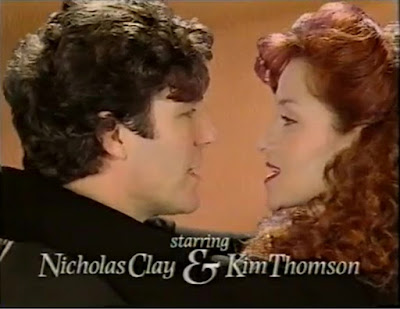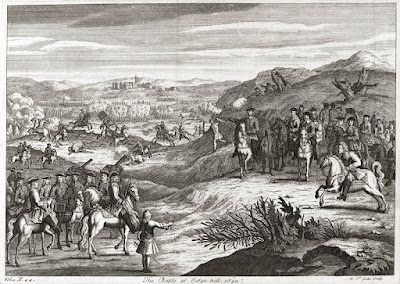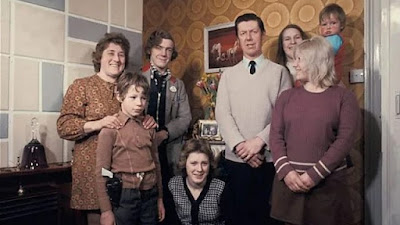Tales of Unease: Ride Ride
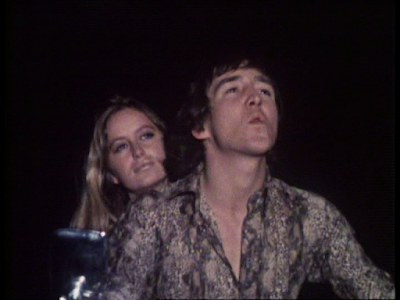
I am absolutely delighted to make Ride Ride, another episode of Tales of Unease, one of the few episodes I have written about twice here, not least because I don't think I even came close to doing it justice when I talked about it in my series of posts on orphaned episodes. It was orphaned at the time, but Network's glorious release of this series means it can be viewed all restored and sparkling, and I honestly think it comes across quite differently in its restored version. I note that reviews about this one are strictly mixed, and I honestly wonder whether this is influenced by the poor versions of this show people have had to see up until now. In my humble opinion it is absolutely excellent and the restoration only brings its quality out. One of the things I didn't say last time, and which I'm now reminded to say by having blogged about The Two Faces of Evil since then, is that the plot is yet another variant on the vanishing hitchhiker urban legend, only (I hope
